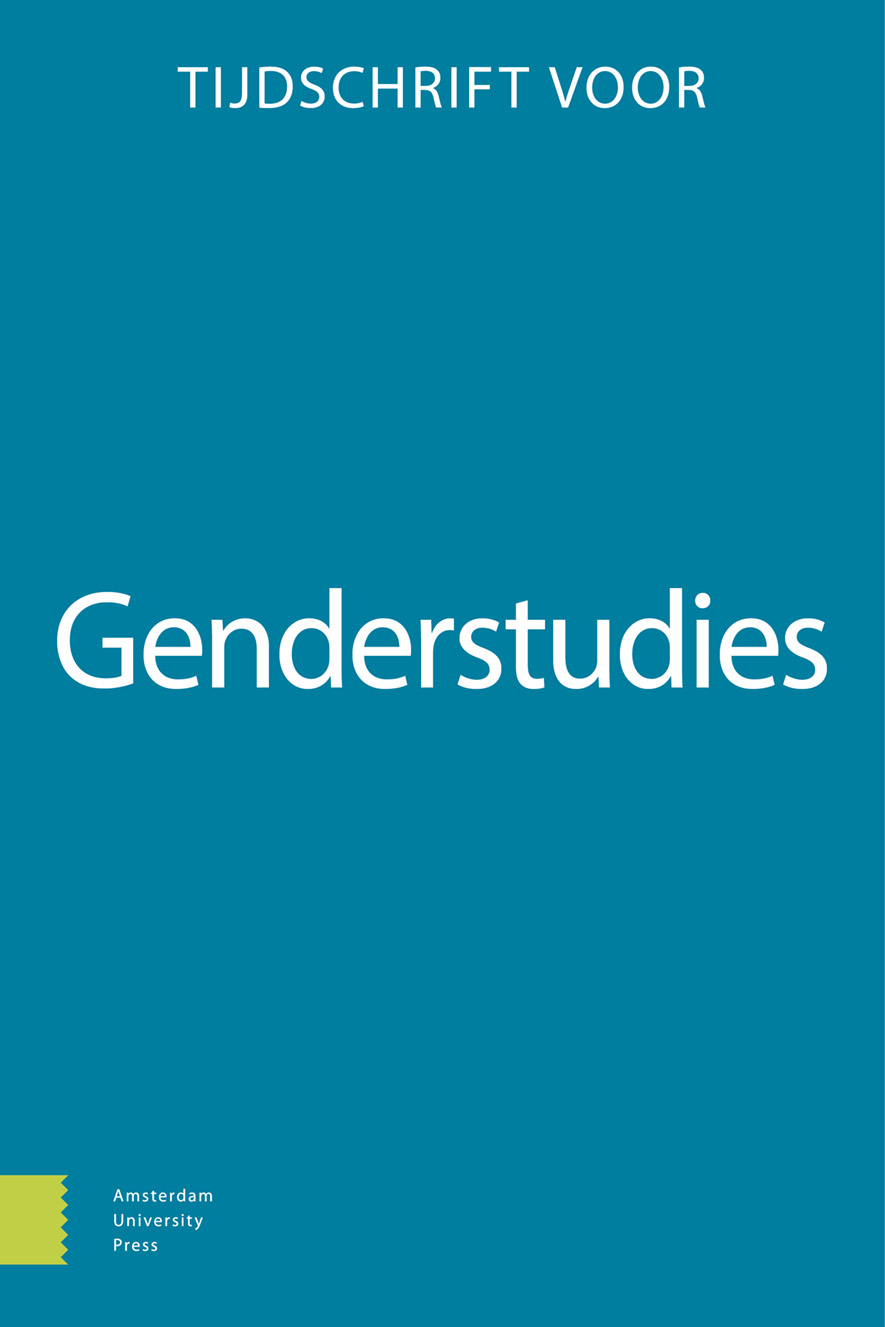-
oa Connecting feminist, antiracist, and animal politics: A bridge too far?
- Amsterdam University Press
- Source: Tijdschrift voor Genderstudies, Volume 24, Issue 3/4, Dec 2021, p. 359 - 375
Abstract
In the past decade, animal and antiracist politics are on the rise in the Netherlands and Belgium. Both integrate feminism into their political practice, albeit in divergent ways. Nevertheless, their core concerns are generally viewed as antithetical on a conceptual, normative, and politically practical level. This paper explores the extent to which feminist, antiracist, and animal concerns are (in)commensurable. Coupling the ecofeminist analysis of dualism developed by Val Plumwood with recent developments in black studies advanced by Claire Jean Kim and Zakiyyah Iman Jackson, processes of animalisation and dehumanisation are scrutinised. It is demonstrated that the onto-epistemological categories of gender, race, and animality connect on the level of being subjected to the logic of domination exemplary of Western thought (1), and on the level of being the abject yet constitutive Others of the normative category of ‘the human’ (2). Subsequently, to build bridges between feminist, antiracist, and animal advocacy movements, it is argued that animal advocates need to critically question the assumption of ‘human privilege’ and stop using slavery analogies, while feminists and antiracists should aspire to divest from human supremacy. A new approach to collective liberation in the Low Countries is needed, one that acknowledges the interconnectedness of gender, race, and animality alike.


